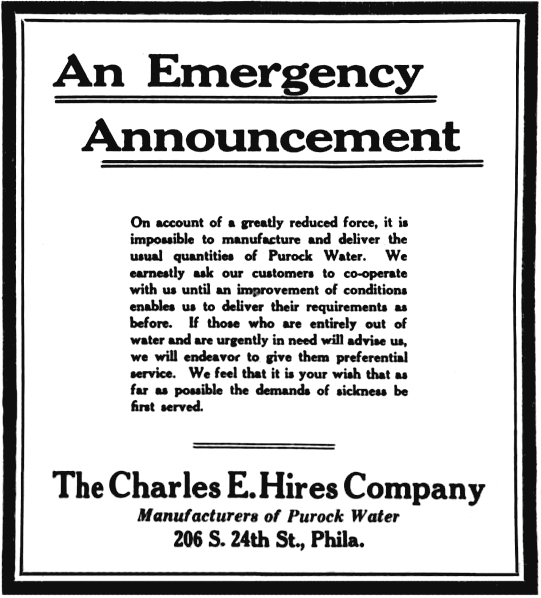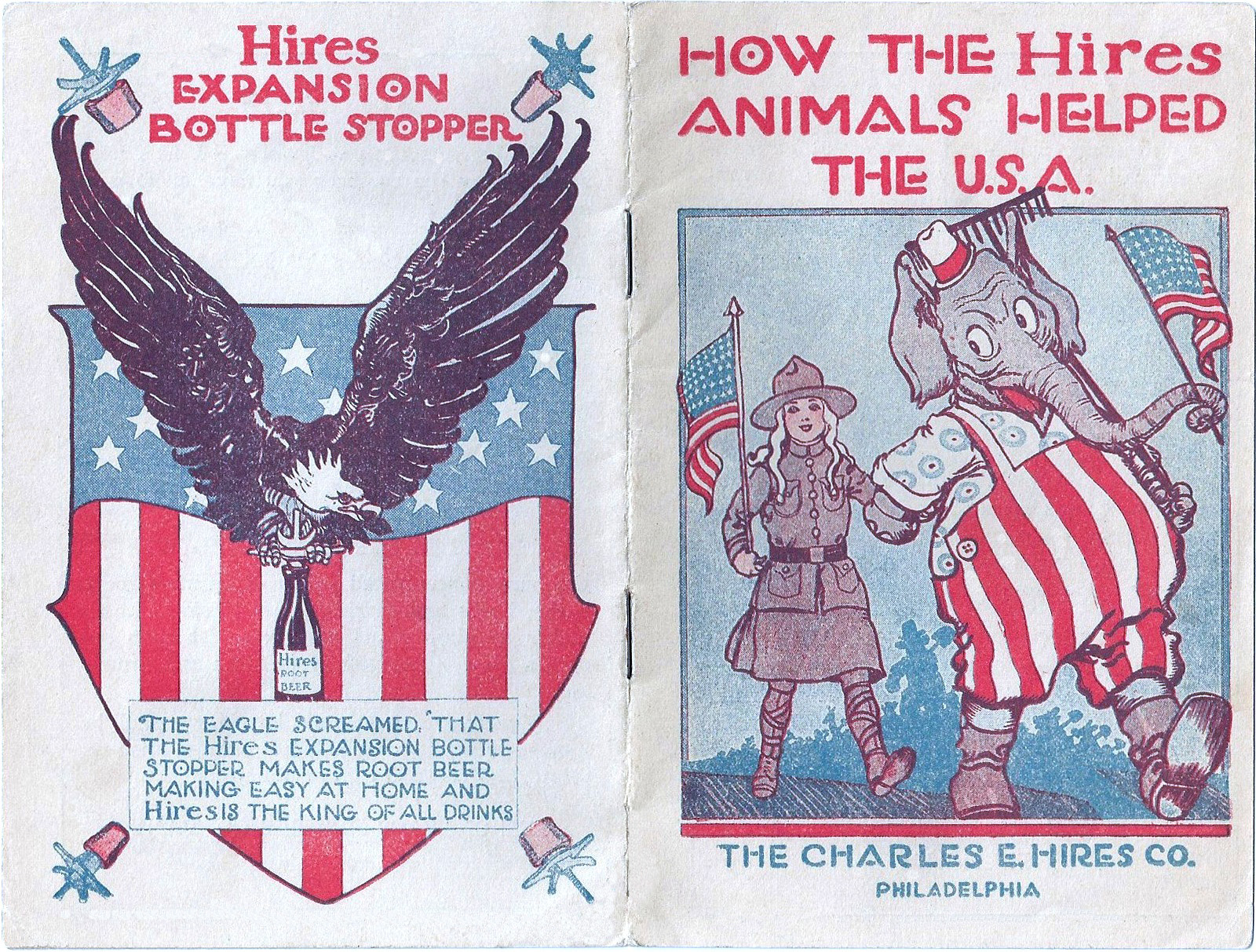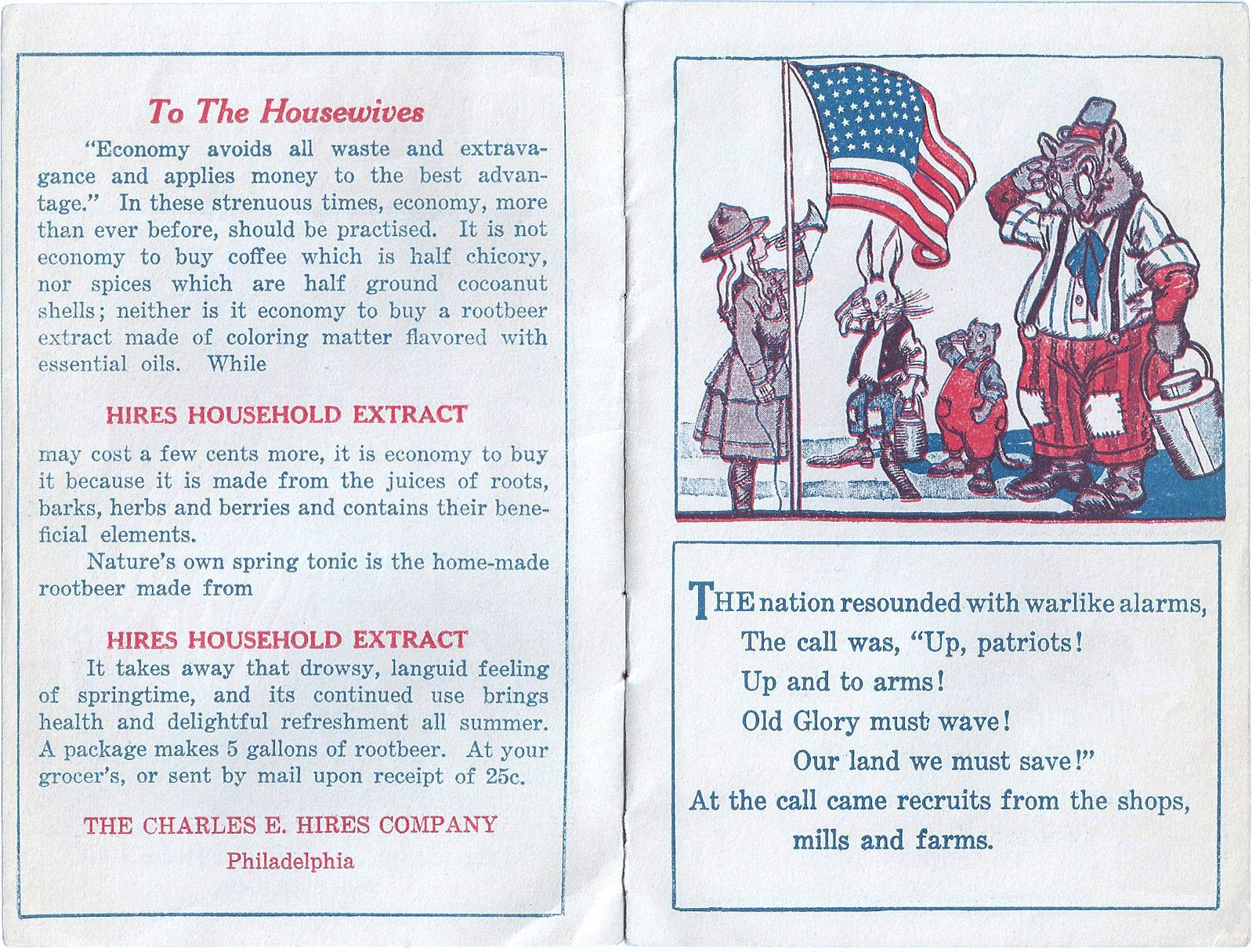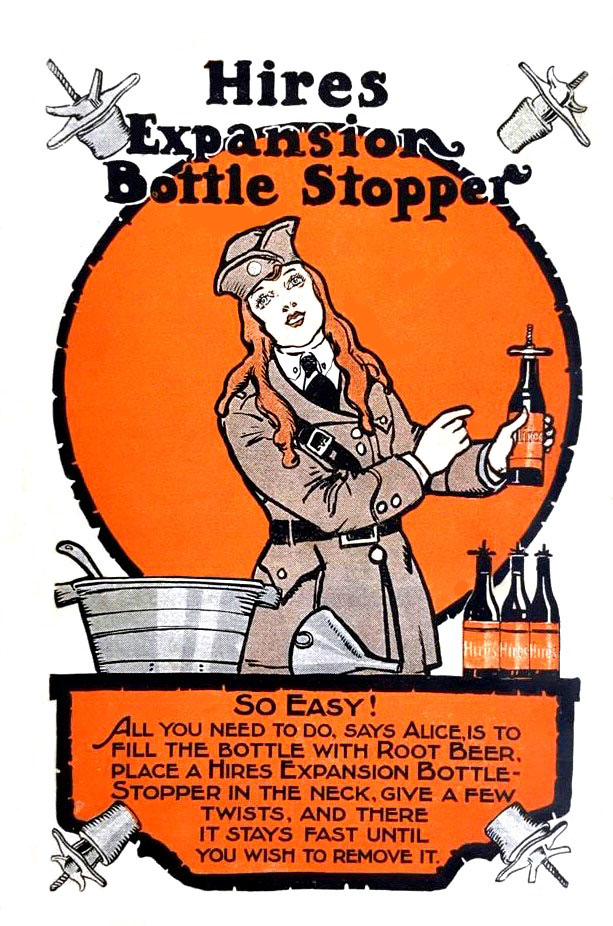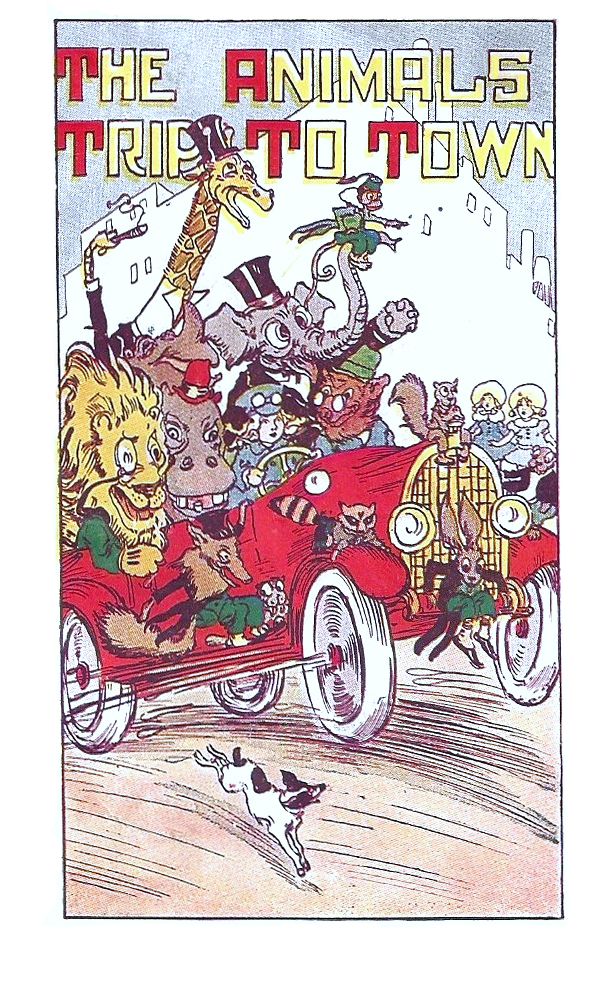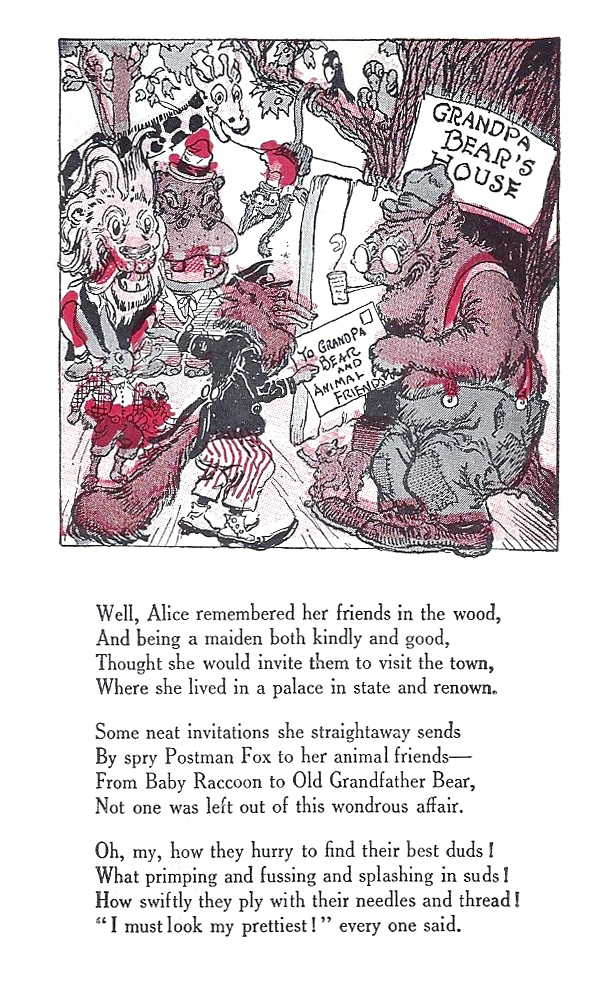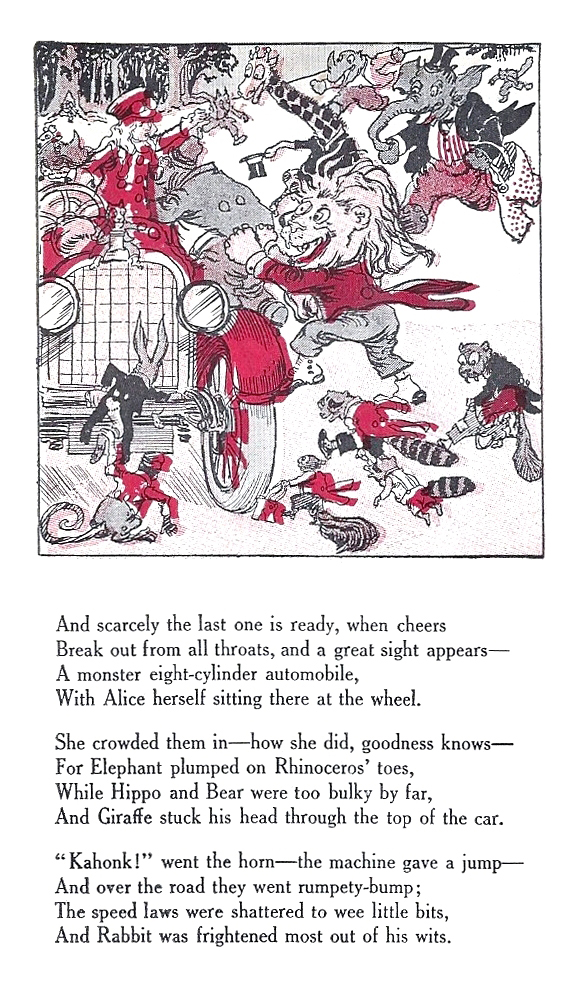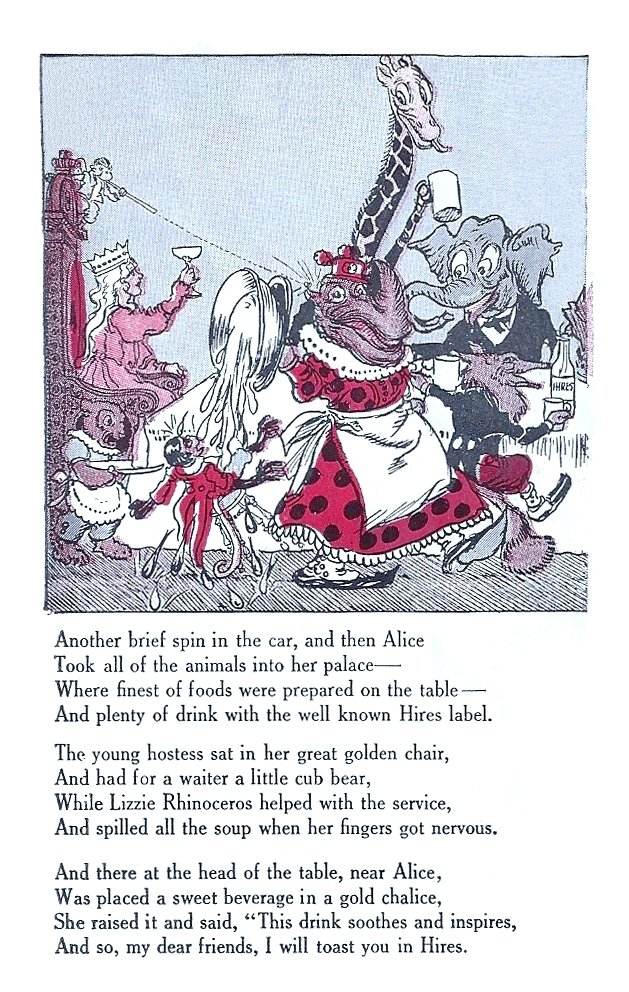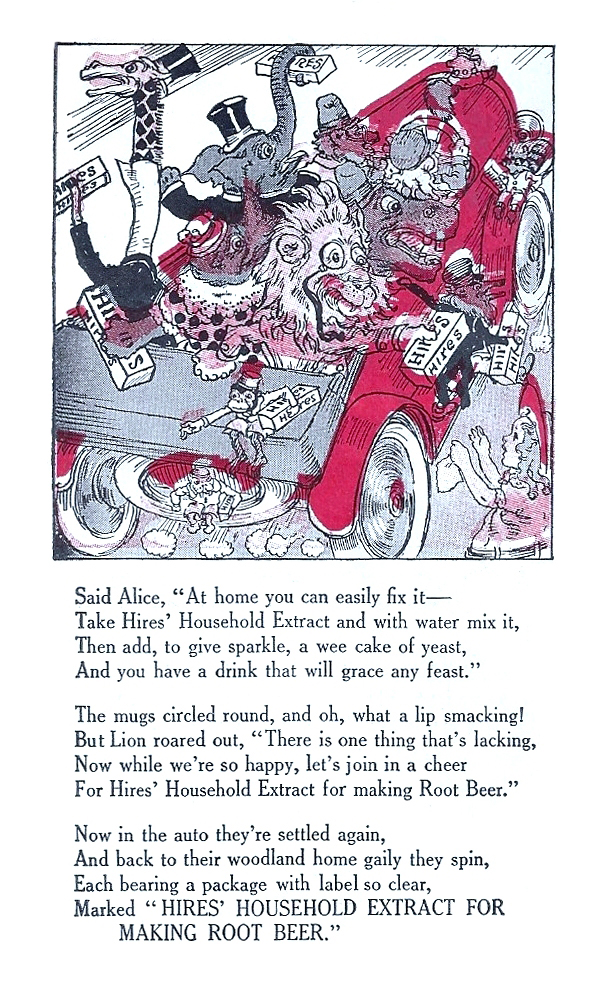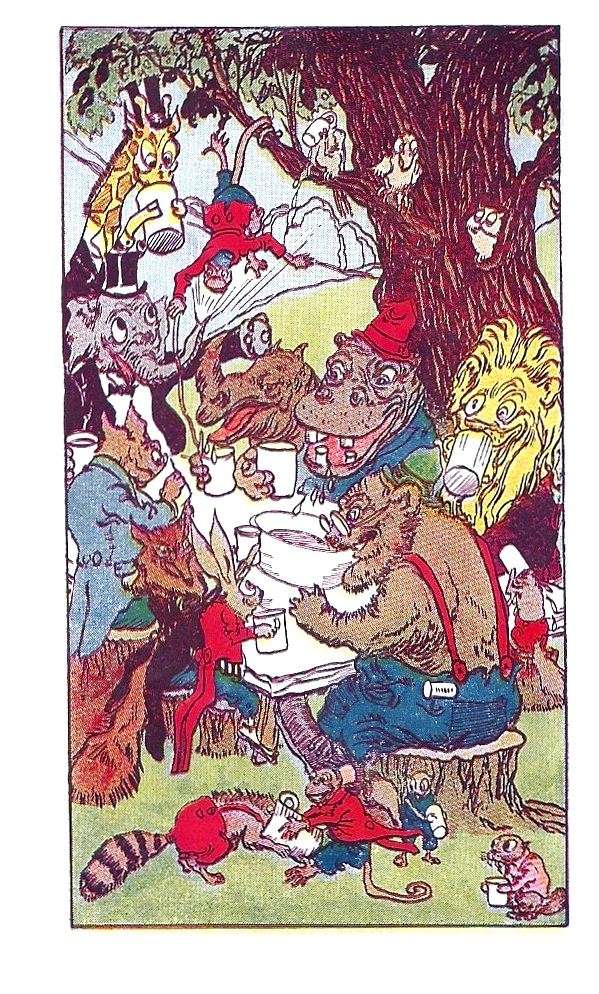1918
IT HAPPENED IN…1918
War mobilization included several economic
controls. Food
rationing cut sugar allocations to two pounds a month per person,
fuel was rationed, the government took over the railroads, time
zones were created and daylight savings time was enacted, taxes were
increased, and Liberty bonds were sold to raise funds.
A worldwide influenza pandemic killed 400-500,000
people in the U.S. When
the outbreak ended, it left many people afflicted with Bright’s
disease, cardiac diseases, and tuberculosis.
Mississippi became the first state to ratify the
proposed 18th amendment to the U.S. Constitution
establishing Prohibition.
The U.S. House of representatives passed women’s
suffrage, the 19th Constitutional amendment.
WWI ended November 11th and massive
crowds poured into the streets to celebrate.
Compulsory school attendance was enacted in
Mississippi, the final state to do so.
The Post Office Department issued the first
airmail stamps. Airmail
service began with regularly scheduled flights between New York City
and Washington, D.C.
The Raggedy Ann doll was introduced and grew into
a $20 million a year business.
“Tarzan of the Apes,” the first Tarzan movie,
premiered.
The New
York Times newspaper began home delivery.
Popular lime-flavored soft drinks included Green
River and Lime Cola.
(Figure 1918-01, tin sign,
9.5” x 27.0”)
(Figure
1918-02, porcelain on metal sign, 15.0” x 36.0”)
This sign has gold lettering on a red background and originally hung by a metal chain.
(Figure
1918-03, reverse-on-glass, beveled-edge, hanger, 4.0” x 8.0”)
(Figure 1918-04, tin sign,
20.0” x 3.0”)
(Figure 1918-05, porcelain on
tin, double-sided, flange sign, 10.0” x 14.5”)
(Figure 1918-06, cardboard
hanger, 8.0” x 10.0”, courtesy of Mike Godown)
(Figure 1918-07, tin over
cardboard sign, 9.25” x 6.25”, courtesy of Mike Godown)
The seated couple and the woman standing at the
counter are each holding Cauldon Ware Hires mugs.
The plate on the table in front of the man reads Drink Hires It’s
Pure.
(Figure 1918-08, cardboard
sign, 28.0” x 25.0”)
This sign’s image is larger than the partial version
used for the previously illustrated sign.
Note the additional details of the soda fountain and the tile
flooring.
(Figure 1918-09, die-cut,
cardboard sign, 20.0” x 29.0”)
(Figure 1918-10, die-cut, metal hanger, 8.5"
x 4.5")
(Figure 1918-11, lithographed tin sign, 27.5” x 19.5”)
The differences between these two pottery mugs
include heights, handle shapes, and lettering styles, particularly for
the word “Hires.” The bases
of both mugs are blank.
(Figure 1918-12, pottery mug, 6.0” x 3.875”)
(Figure 1918-13, pottery mug, 5.5” x 3.875”)
(Figure 1918-14, tin sign,
8.0” x 19.0”)
The edges of this pressed, shield-shaped tin sign are raised and semi-rounded, while the center portion is flat.
(Figure 1918-15, tin sign,
6.25” x4.5”)
(Figure 1918-16, tin sign,
10.0” x 18.0”)
(Figure 1918-17, paper sign)
(Figure 1918-18, tin tacker,
19.0” x 2.25”)
The base of this heavy, clear, concave-shaped, glass
mug is embossed “Hires Root Beer Stands For Health” with the wording read by looking down thru the mug.
(Figure 1918-19, glass mug, side)
(Figure 1918-19, glass mug, base)
This dovetailed, wooden shipping case is an updated
version of the one used in 1906 (see Figure 1906-03).
Like the 1906 example, this case held one dozen packages
containing Hires Root Beer Extract bottles and had a cardboard
advertising notice with the same wording glued to the back.
(Figure 1918.20, wooden
shipping case, 5.5” high, 5.625” deep, 7.125” wide)
This small notice appeared in the April 27, 1918 issue of the
Friends’ Newsletter, a weekly
publication of the Friends’ Intelligencer Association, Ltd.,
Philadelphia.
Buy a Liberty Bond!
$122,000 received to date through the
Philadelphia Young Friends�� Association.
Let all Friends lay aside individualism, and as enjoined by
the discipline, “fulfil our obligations of citizenship.”
This involves upon us the duty of joining with
all loyal Americans in supporting the government in putting down the
dangers that threaten our existence.
Buy a Bond and help achieve the peace we all desire.
LIBERTY LOAN COMMITTEE P. Y. F. A,
110 N. 15th Street,
Philadelphia.
Walker
E. Linville.
Hires' advertisements began to illustrate and explained how their newly introduced “Hires Expansion Bottle Stoppers” worked. The stoppers sold for 50¢ per dozen.
(Figure 1918-21, Needlecraft, May and June 13, 1918)
(Figure 1918-22, magazine advertisement)
(Figure 1918-23, Needlecraft, June 1918)
(Figure 1918-24, Needlecraft, July 1918)
Two styles of Hires Expansion Bottle Stoppers were distributed. This first version is embossed HIRES ROOT BEER and utilized two types of wingnuts.
(Figure 1918-25, Hires
Root Beer Expansion Bottle Stopper with small wingnut)
(Figure 1918-25, Hires Root
Beer Expansion Bottle Stopper with large wingnut)
The second version is embossed HIRES ROOT BEER HOUSEHOLD EXTRACT. The wingnut was removed to facilitate viewing the wording. (Photo courtesy Gregg Wilson)
(Figure 1918-25, Hires
Household Extract Expansion Bottle Stopper)
This advertisement was placed in The Modern
Priscilla, a women’s magazine that focused on housekeeping and
needlework.
(Figure
1918-26, The
Modern Priscilla, July 1918)
J.
Edgar Hires designed and built this automatic extract filling machine
coincidental with his transfer to Philadelphia in 1918.
Each run of the machine automatically filled 92 bottles with
exactly three ounces of Hires extract.
(Figure 1918-27, automatic
extract filling machine)
The right arm of the youngster pictured on this sign is hinged
at the shoulder and rotates.
(Figure 1918-28, die-cut,
cardboard sign, 22.0” x 25.0”, courtesy of Mike Godown)
The same image and wording was also
used for the front cover of this paper tablet proclaiming “Hires Household
Extract…As good to-day as it has been for the last 40 years.”
(Note: 40 years prior was 1878.) The back cover features
advertisements for Hires Cork Fasteners, Hires Cork Securers, and Bottles with
Patent Rubber Stoppers for Making Rootbeer at Home.
(Figure 1918-28.5, paper
tablet, front cover)
This paper prize puzzle postcard featured the images
of three children and
continued the “Home To Mother” theme.
(Figure 1918-29, paper prize
puzzle postcard, front)
(Figure 1918-29, paper prize
puzzle postcard, back)
The
back of this sign reads “If you want Real Root Beer use Hires Household
Extract.”
(Figure 1918-30, cardboard,
double-sided sign, 8.0” x 17.0”)
The worldwide influenza pandemic was particularly deadly in Philadelphia. With their employee work force heavily impacted, Hires placed this notice in the Evening Public Ledger newspaper to alert their Purock Water customers in Philadelphia and New York City that water supplies and delivery were limited.
(Figure 1918-30.5, Evening
Public Ledger, Philadelphia, October 15, 1918)
Hires demonstrated support for U.S. involvement in
World War I with this HOW THE
Hires ANIMALS HELPED THE U.S.A. booklet.
Note Alice is wearing a U.S. Army uniform.
(Figure
1918-31, How The
Hires Animals Helped The U.S.A. booklet, 12 pages)
The end of World War I on November 11, 1918 was
certainly cause for celebration.
Hires participated with the release of a 12 page booklet entitled
Hires Animals Celebrate Peace,
once again including a verse starring Alice.
The advertising copy inside the front cover reads:
Peace, and Hires Rootbeer
Many are the lessons the Great War has taught.
Chief among them are the need of paying more attention to Health,
Temperance and Saving.
The health of the soldiers was greatly promoted by abstinence from harmful beverages, and the saving of foods helped all the people toward a realization of the joy of sensible, simple living.
(Figure
1918-32, Hires
Animals Celebrate Peace booklet, front cover)
(Figure
1918-32, Hires
Animals Celebrate Peace booklet, back cover)
With the benefit of hindsight, an article written in
1947 for Hires to You!,
Volume 1, Number 2 described the effect of World War I on the
availability of sugar:
During World War I when the sugar situation became very severe (as it did during World War II), Hires went down to Porto Rico and contracted for one-half the output of a sugar mill there – something that had never been done before in the beverage business.
But then the U.S. Government took over the shipping
and production of sugar.
Hires received the permission of the Government, however, to charter
wooden schooners and bring the sugar to the United States, in return for
which the Government permitted Hires to retain one-half the sugar so
brought – the result being that during the first war period Hires was
able to meet its sugar requirements.
Out of this incident came the purchase of Central Dos Rosas in 1919. Since that time Dos Rosas has made over 600 million pounds of sugar for Hires. It has been one of the very few plantations in Cuba that has not changed hands, plunged into bankruptcy, or gone out of business in the past 28 years.
Year end 1918 brought publication of The Animals Trip To Town, a 3.0" x 5.0" promotional children's booklet. Once again the verse starred Alice, this time driving animals to town.
(Figure 1918-33,
The Animals Trip
To Town, front cover)
(Figure 1918-33,
The Animals Trip
To Town, inside front cover)
(Figure 1918-33,
The Animals Trip
To Town, page 1)
(Figure 1918-33,
The Animals Trip
To Town, page 2)
(Figure 1918-33,
The Animals Trip
To Town, page 3)
(Figure 1918-33,
The Animals Trip
To Town, pages 4-5)
(Figure 1918-33,
The Animals Trip
To Town, page 6)
(Figure 1918-33,
The Animals Trip
To Town, page 7)
(Figure 1918-33,
The Animals Trip
To Town, page 8)
(Figure 1918-33,
The Animals Trip
To Town, inside back cover)
(Figure 1918-33,
The Animals Trip
To Town, back cover)

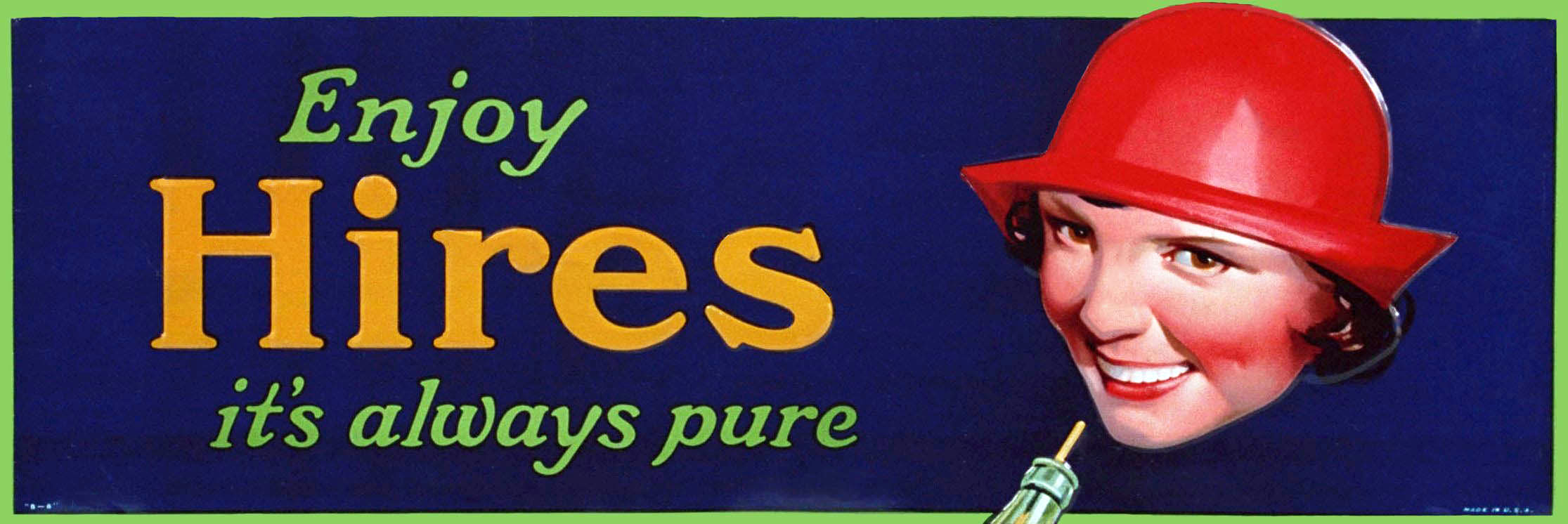




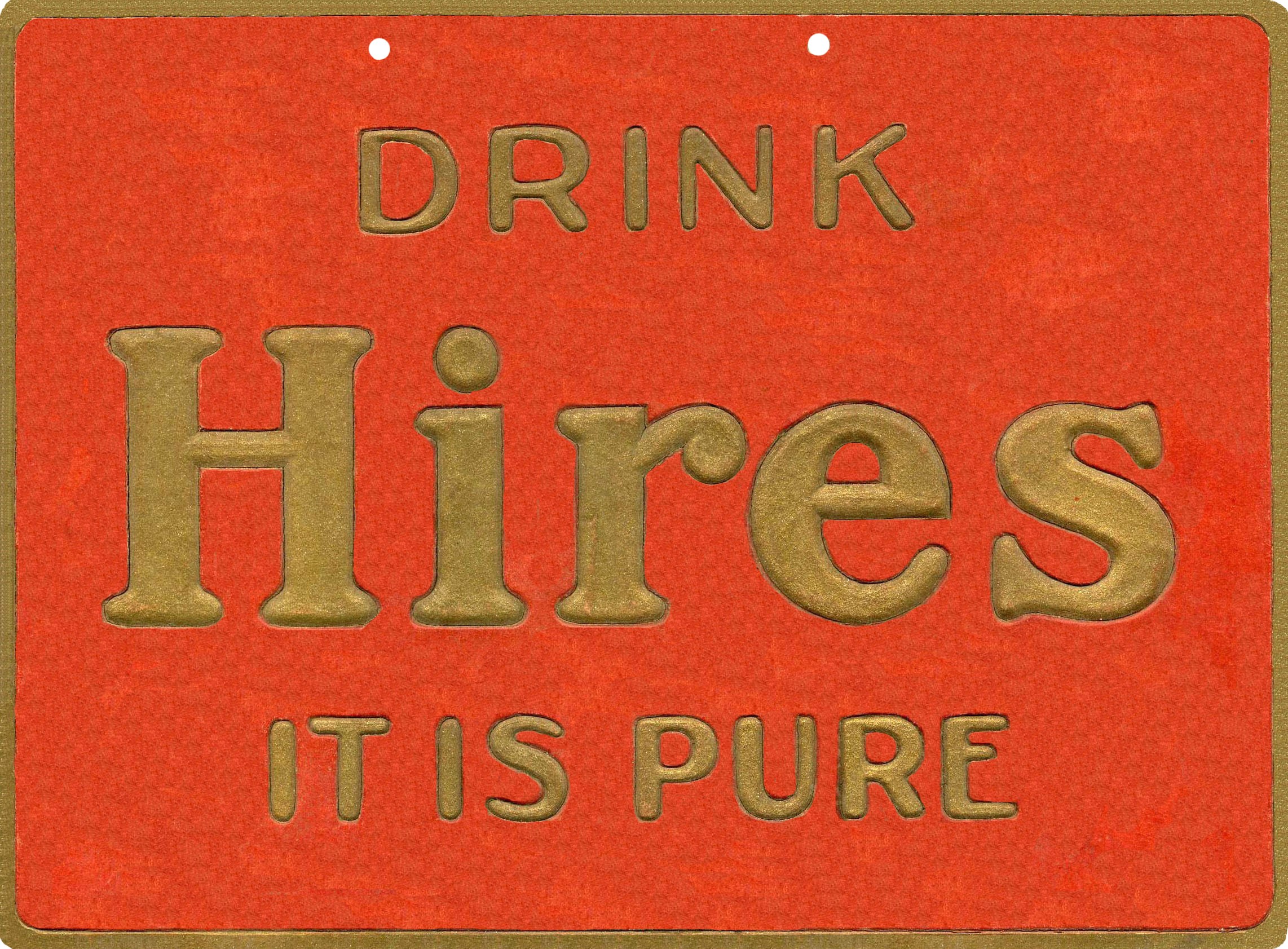


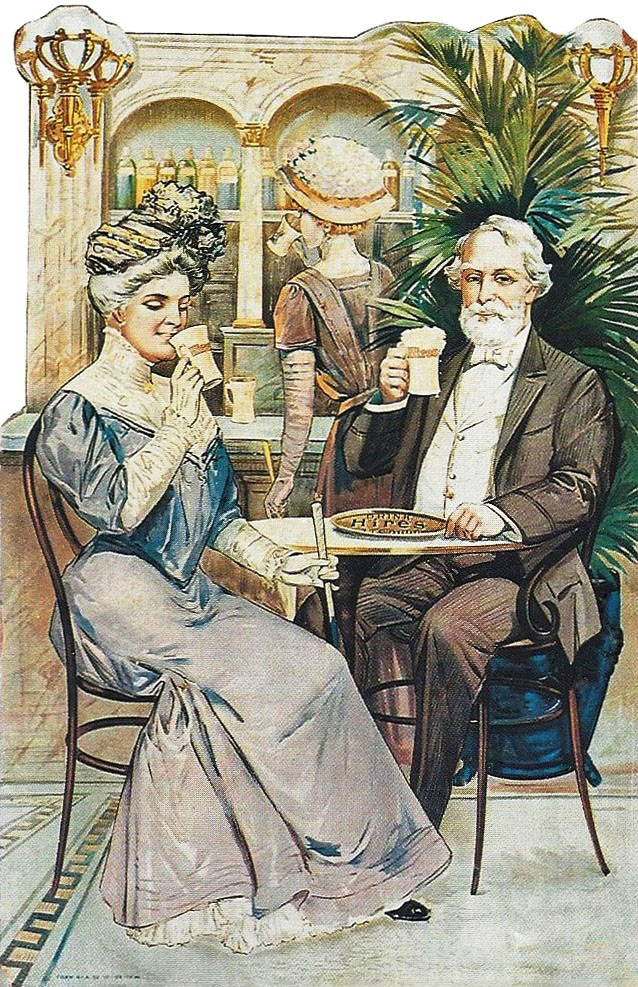

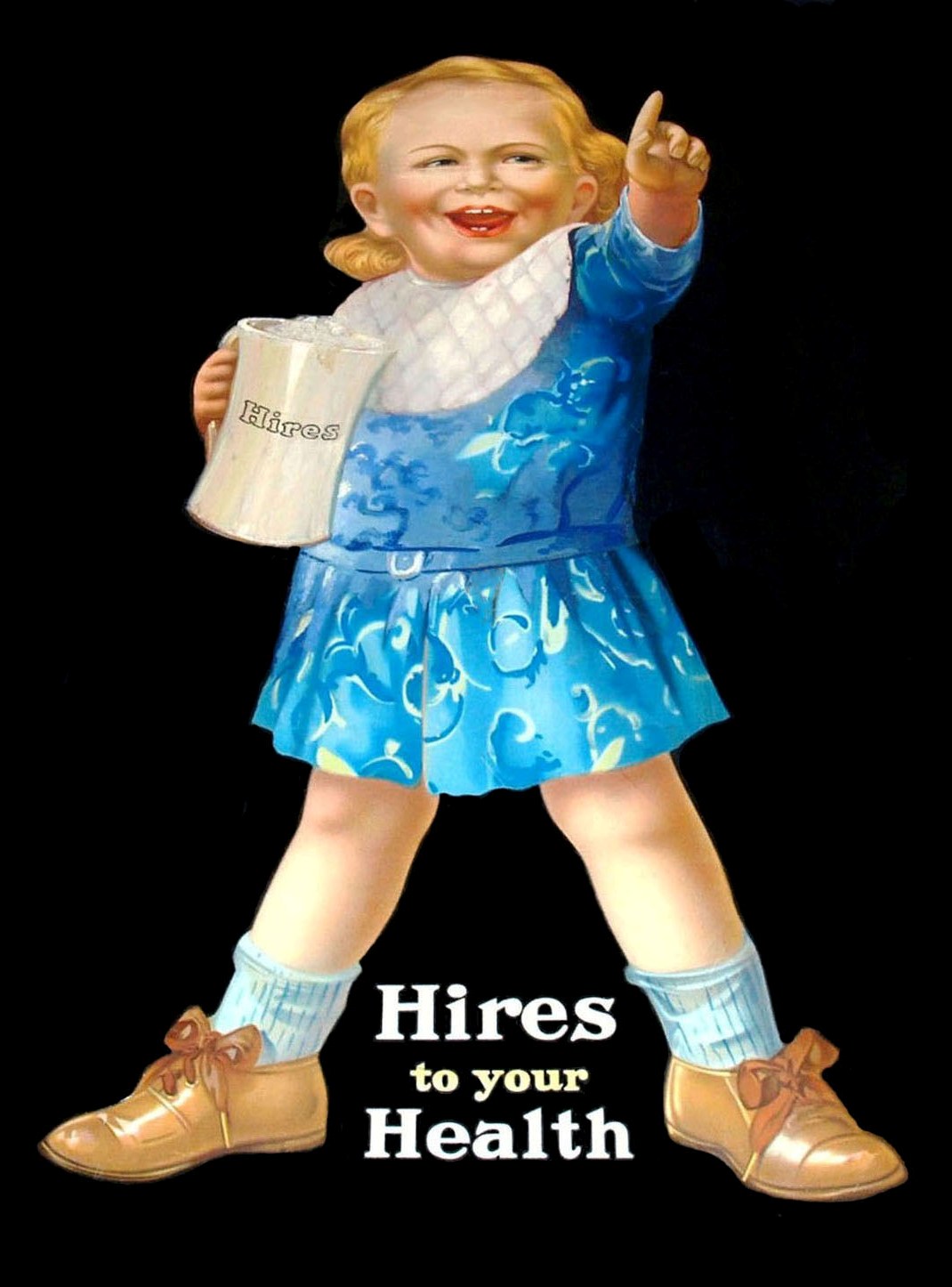
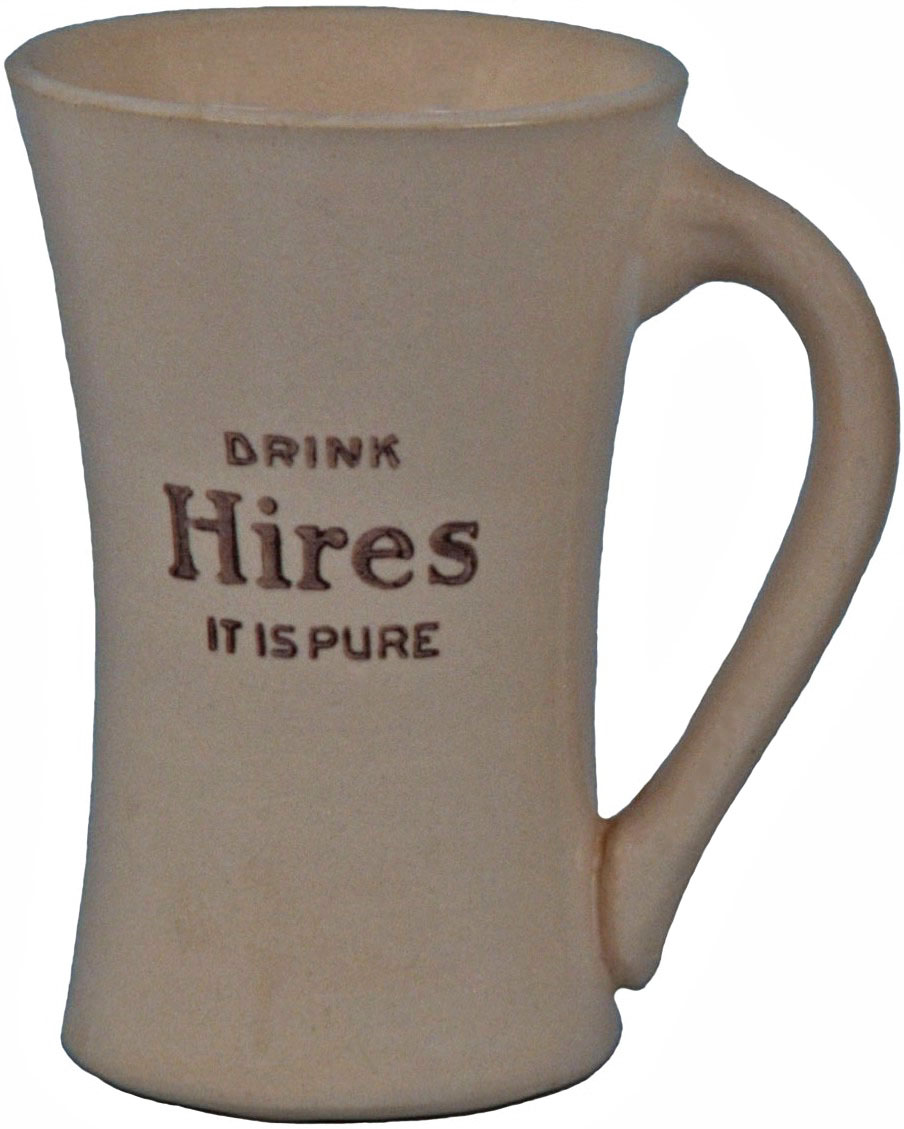
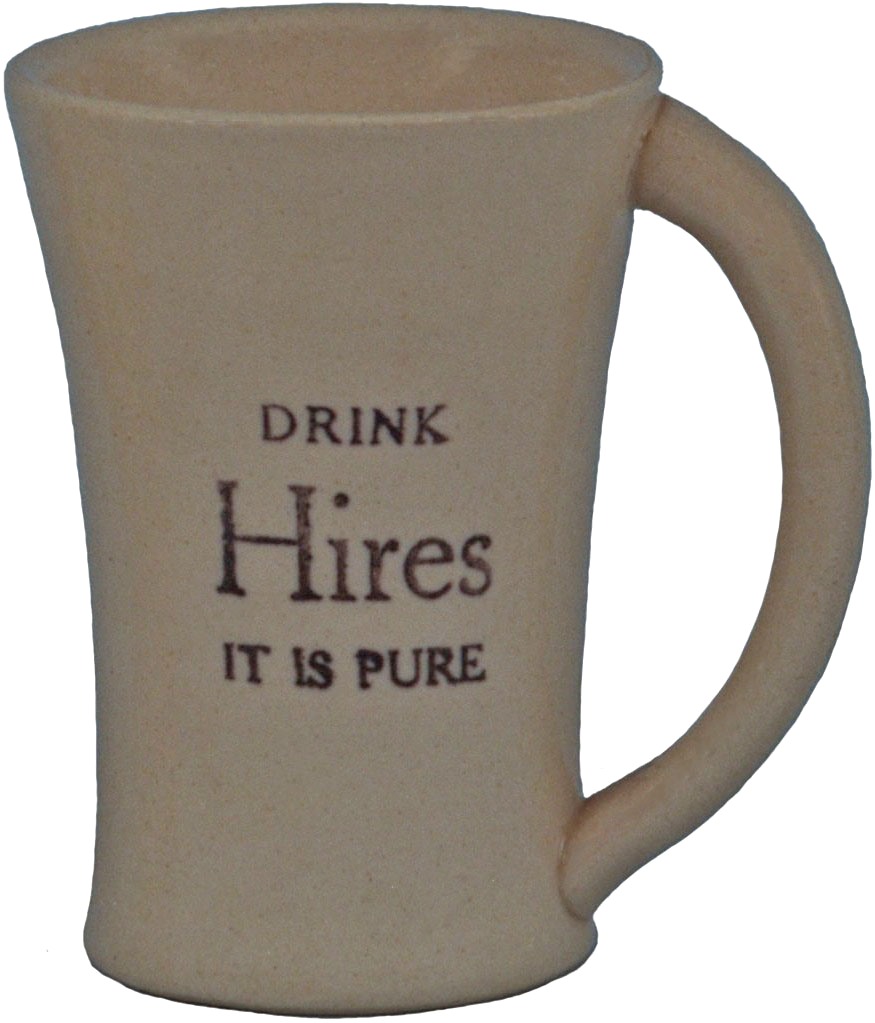
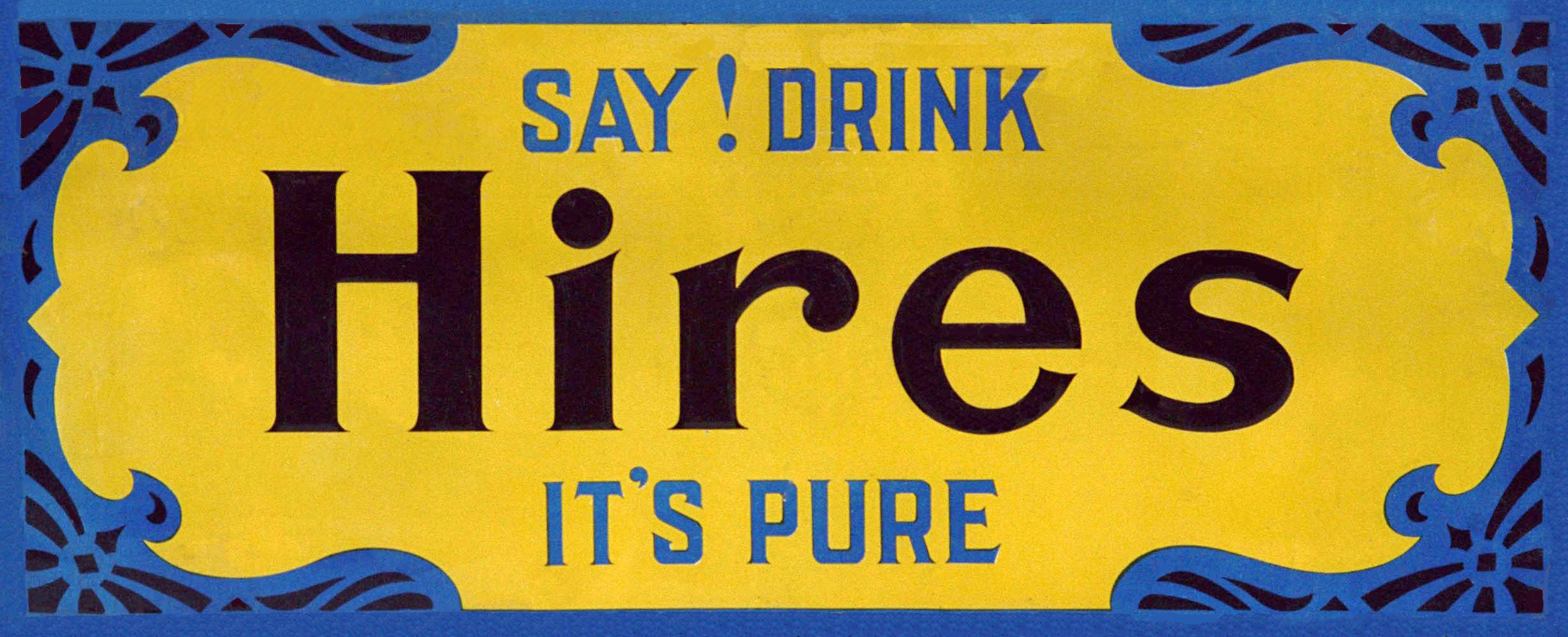
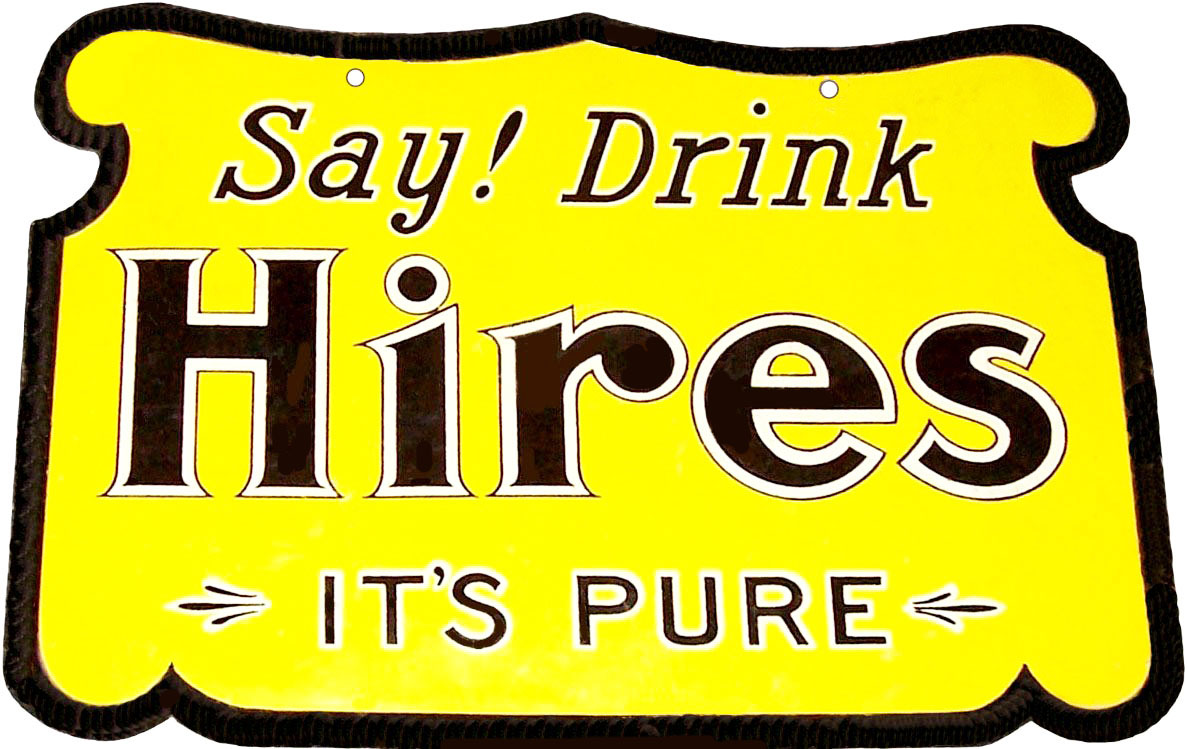



%20-%20heavy%20glass%20concave-shaped%20mug%20-%20side.jpg)
%20-%20heavy%20glass%20concave-shaped%20mug%20-%20base.jpg)
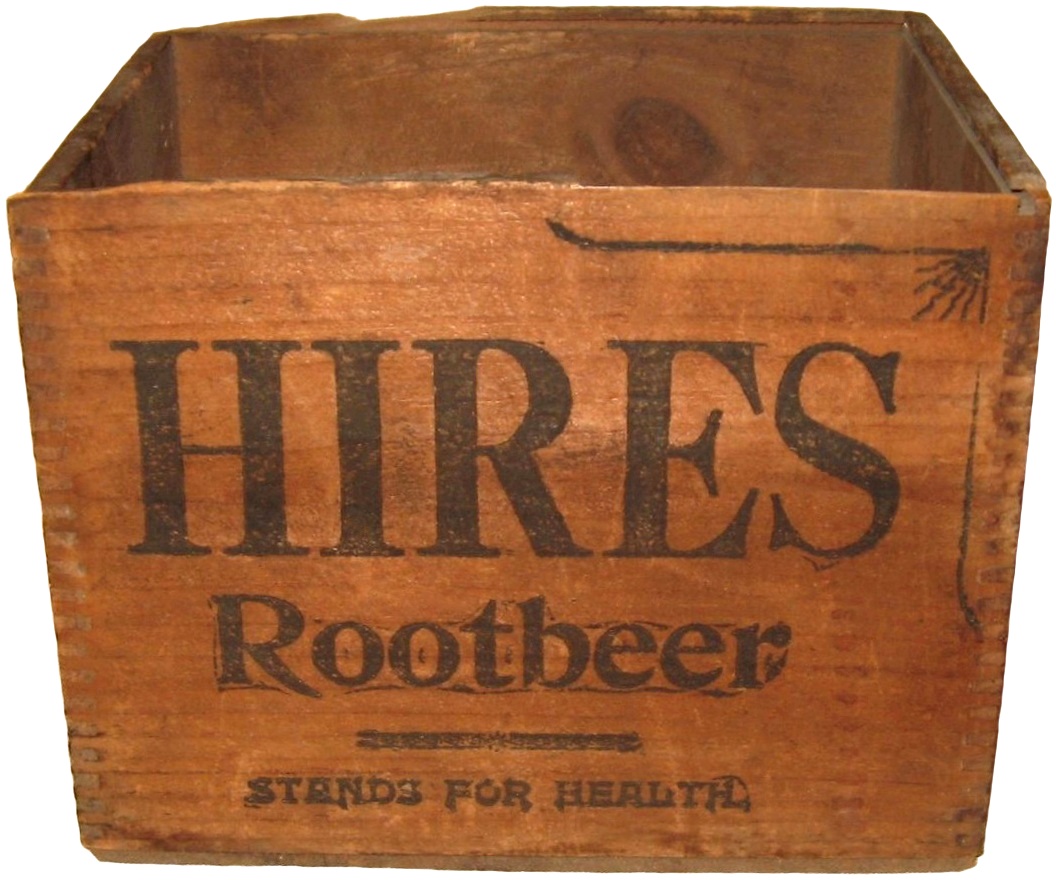




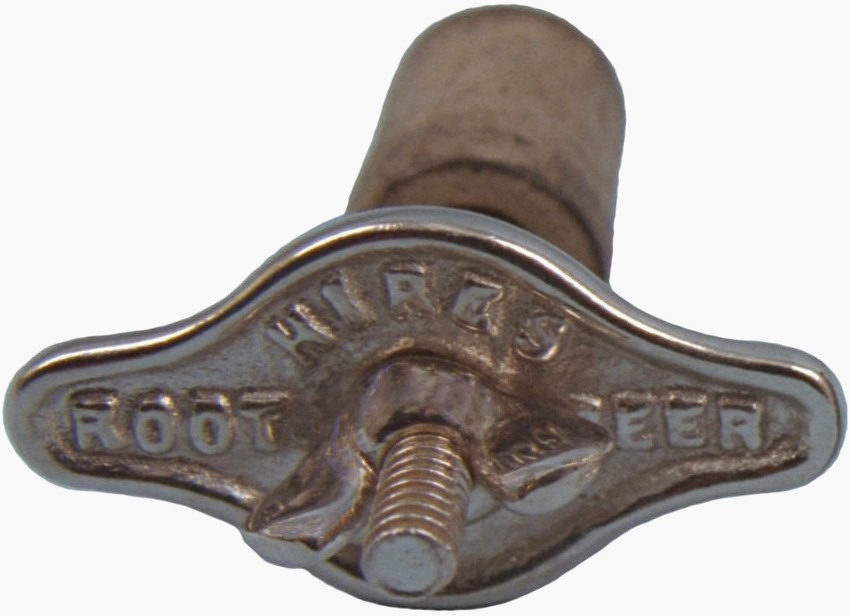
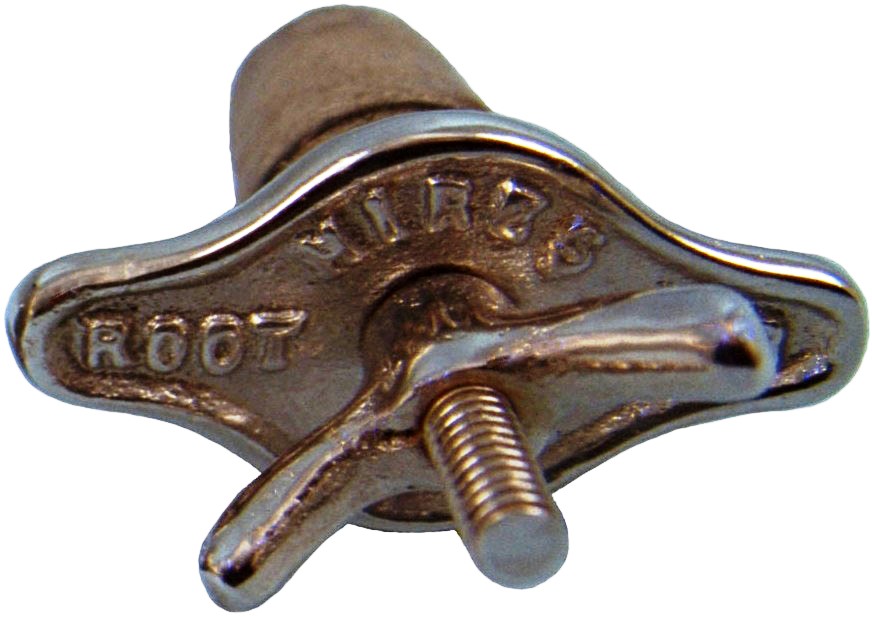
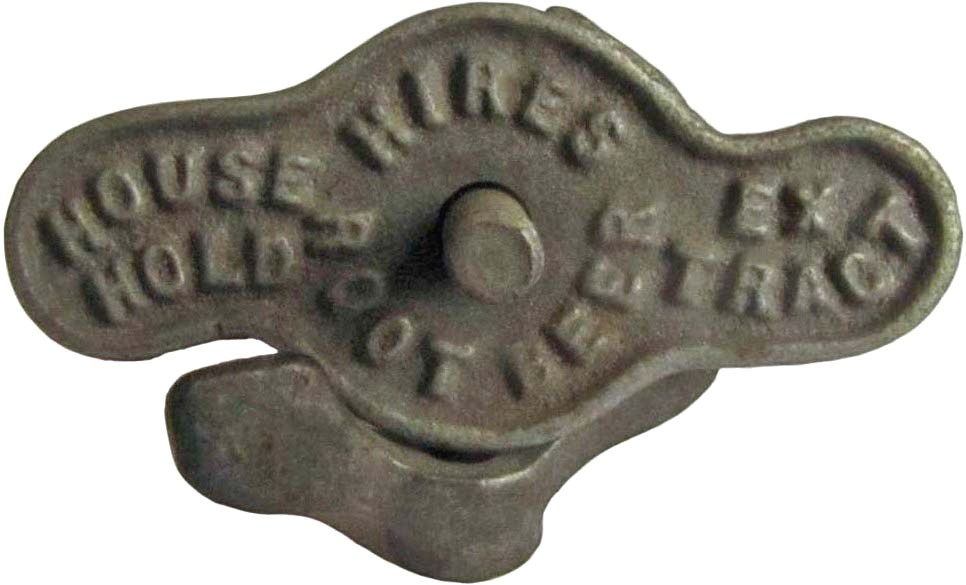
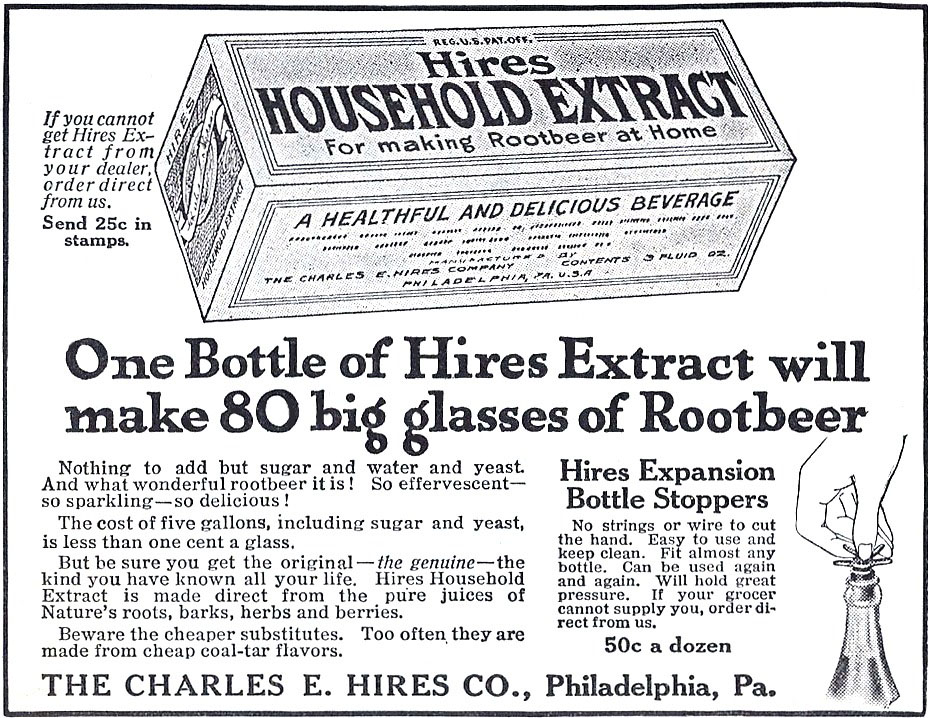
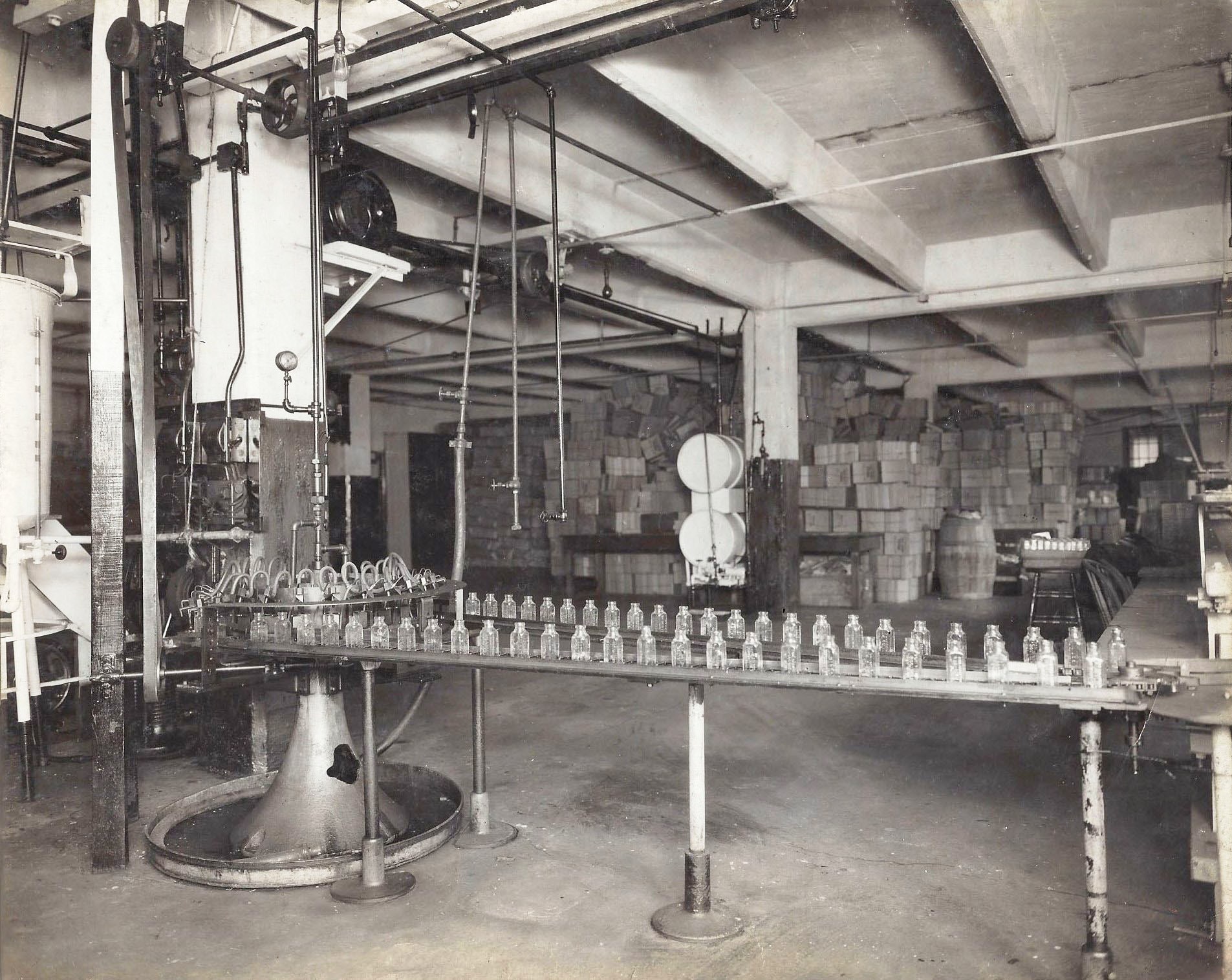
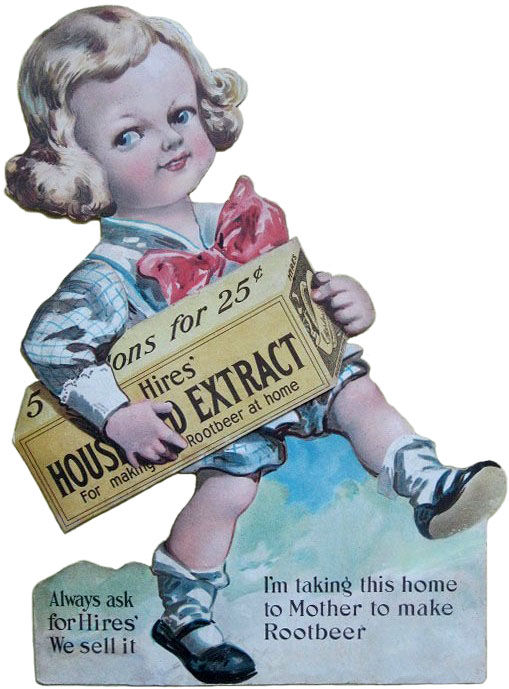
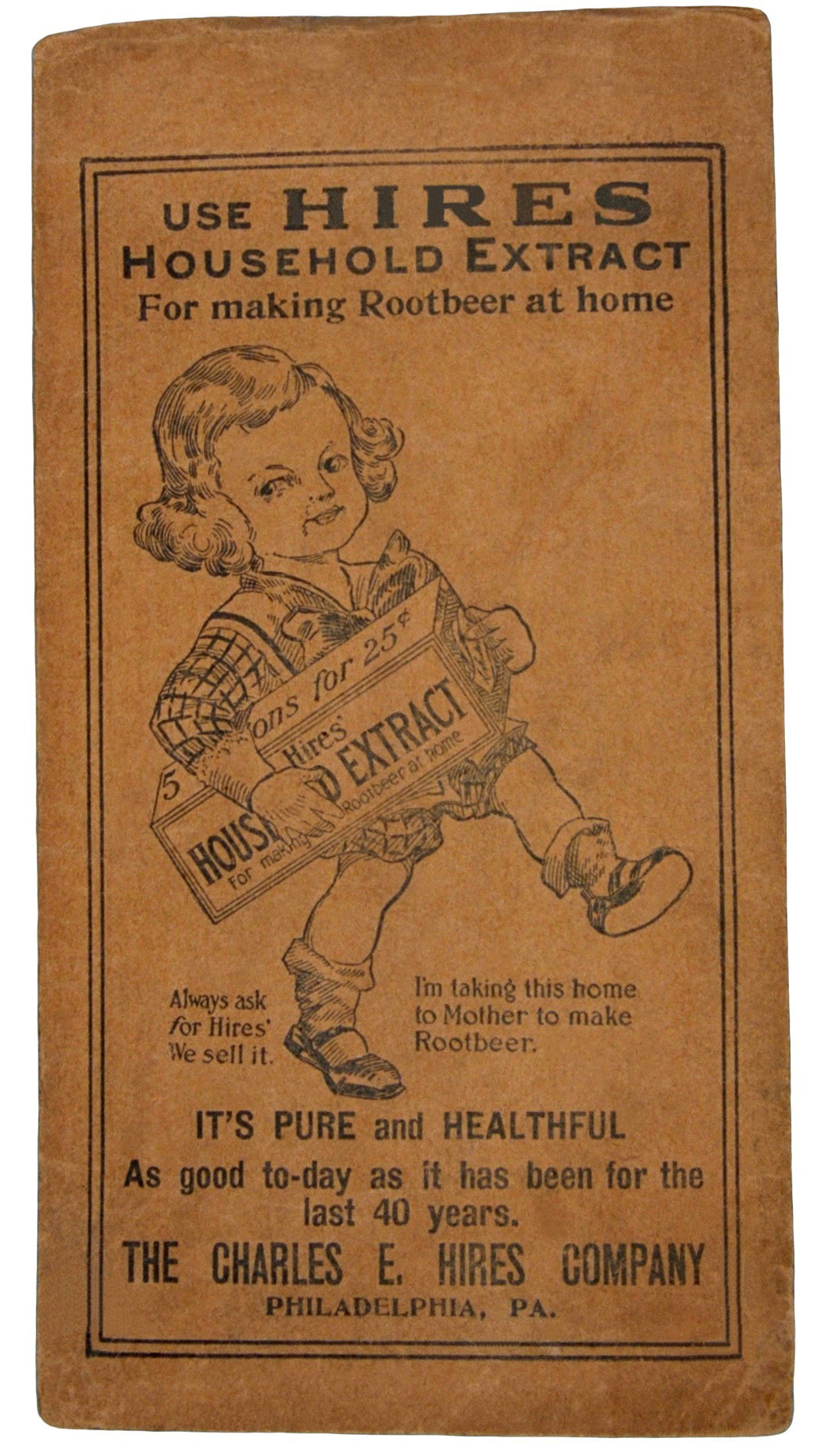
%20Household%20Extract%20cartons,%20dog,%20Come%20on,%20boys%20-%20prize%20puzzle%20postcard%20-%20front.jpg)
%20Household%20Extract%20cartons,%20dog,%20Come%20on,%20boys%20-%20prize%20puzzle%20postcard%20-%20back.jpg)

